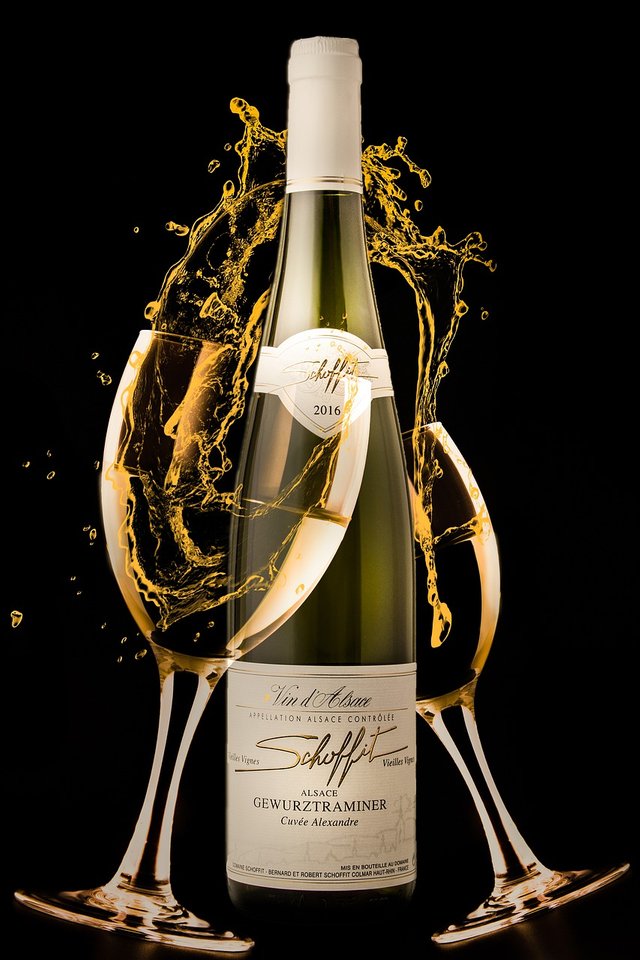Alcohol-free wine is it just a myth? Non-alcoholic beverages may have a residual alcohol content of up to 0.5 % by volume, as required by German law. The alcoholic fermentation makes the wine first!
Even in fruit juices, alcohol
According to German legislation, beverages may be designated as non-alcoholic if they contain up to 0.5 % alcohol by volume. Most non-alcoholic wines have an alcohol content of less than 0.25% by volume. This alcohol content is lower than the content in kefir and is approximately equivalent to the content in fruit juices. The alcohol is removed from the wine by a process called vacuum rectification, which does not damage the wine's natural aromas.

Synthetic wines (artificial wines)
Synthetic wines have also been allowed in the European Union since 2006, and in America this has already been allowed before. Synthetic wines can be produced without alcohol. It is harder to make a synthetic red wine than a white wine.
With the white wine, 25 olfactory substances with 16 flavours are added. The wine lactone determines the special taste of the wine. Every wine connoisseur is aware that every grape variety and grape variety has its own taste and aroma. Every winery naturally also influences the taste of its products by their location and storage (e. g. wooden barrels).
Non-alcoholic wine with 0.0% by volume
The website Winzer. de provides information: Natural non-alcoholic wine with 0.0% by volume does not exist. However, the alcoholic strength varies depending on the variety. The so-called non-alcoholic wines are not aimed at people who want or have to abstinence, but at people who like to enjoy a glass of wine (car drivers, sportsmen, businessmen). So it is a myth that so-called non-alcoholic, natural wine is truly alcohol-free. It always has a minimum residual alcohol content.
Alcohol-free wine and sparkling wine
Alcohol-free wine and sparkling wine are not subject to the separate wine law, but are subject to the food law. This means that all ingredients must be on the labels. The expiry date also belongs on the label. This labelling is not prescribed by law for alcoholic wines. This is due to the fact that after the decalcoholisation process, substances have to be added to the wine again. To preserve this wine (up to 3 years), carbon dioxide and ascorbic acid are added to it. To find out how high the actual alcohol content of so-called non-alcoholic wines is, please read carefully the ingredients on the label.